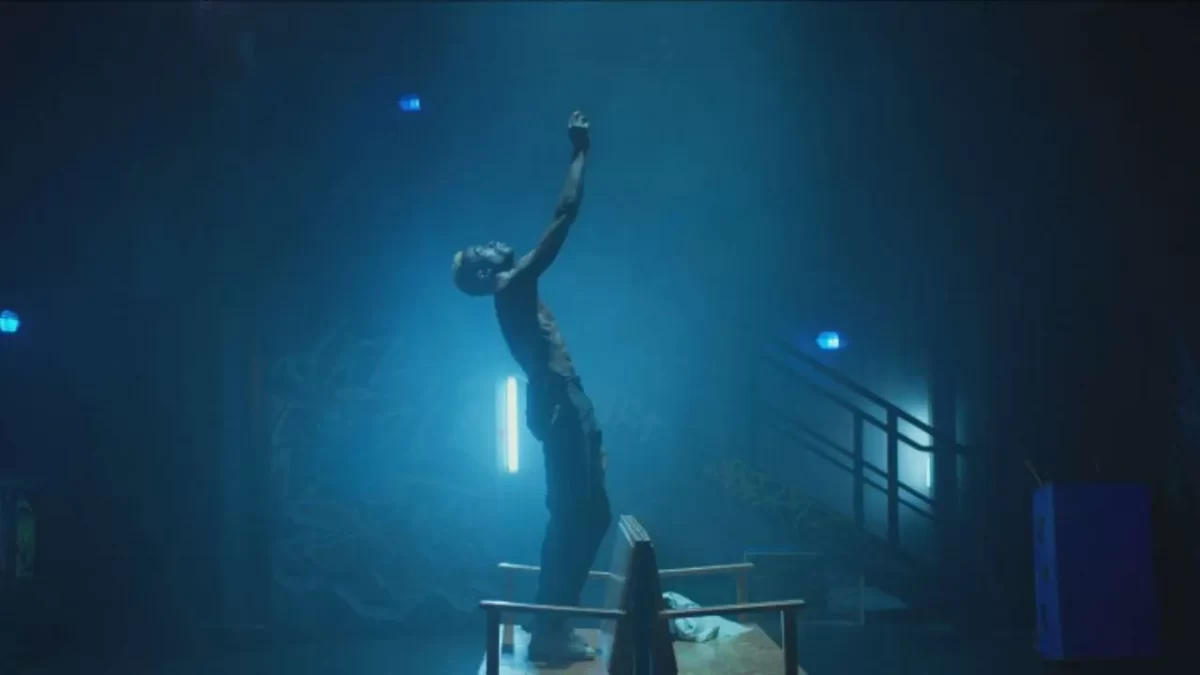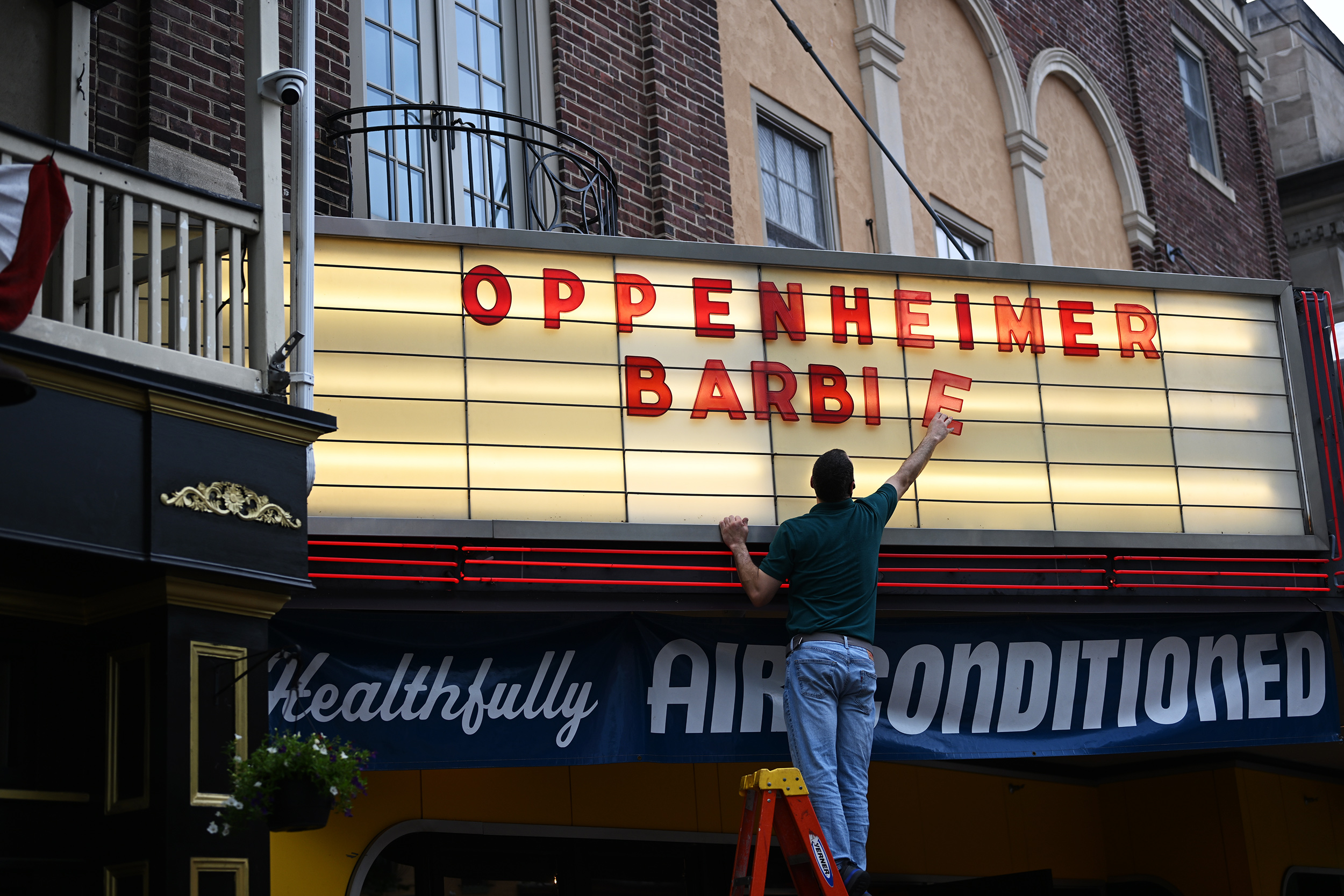By Max Shanagher
Sitting on the DLR to Woolwich, I started to question the life decisions that I had taken six months previously. Six months ago, at the Library bar in Durham, my friend and I decided to start an Immersive Theatre company. My only problem was that I didn’t really know what immersive theatre was. In my head, I must admit, I had a hipster version of the London Dungeon where over-confident actors are followed by over-pretentious audience members.
So as I sat on the DLR to Woolwich, I was questioning whether it was wise to get involved with a theatre company that specialises in it. These questions were finally given an answer when I reached my destination: Punchdrunk’s ‘The Burnt City’.
Now, these four words may not make any sense to you (they certainly didn’t to me) so I shall define both ‘Punchdrunk’ andThe Burnt City. Punchdrunk is an immersive theatre company that was founded in 2000 who hire large venues and convert them into elaborate, multi-room spanning plays. In New York, they perform a play called Sleep No More that takes place in the McKittrick Hotel, an abandoned hotel from the 1940s. Sleep No More is a Noir adaptation of Macbeth, and audience members are allowed to explore the hotel and to decide which rooms they want to stay in or which actors they want to follow.
The Burnt City is this premise of audience autonomy brought to two large arsenal buildings in Woolwich Dockyard. The play takes place over two spaces and is set at the time of the Trojan War, with one building being designated to represent Greece and one to represent Troy. I went with my family and was excited to see their reaction to the completely converted arsenals.
Entering the arsenals, I was struck by the scale and detail with which the set was constructed. I was able to wander into rooms and read letters sent from soldiers back home. I lost my family quite quickly, as encouraged by the actors at the start, but once entering the wide expansive room representing Greece, I saw a man who seemed to have found the only seat in the whole venue, and I assumed it to be my dad. You are not allowed to talk in Punchdrunk performances, but I approached this strange figure and asked him what he thought of it so far. Thankfully, it was my dad, but I wasn’t thankful for his one-word response: ‘bizarre’. I suppose it was bizarre. All the audience were wearing masks and were dotted around the different rooms searching for meaning in these choreographed spaces. That was the joy I thought though, the feeling of being able to choose my experience and choose what I get out of the play was unlike any other theatre I had been to.
It seemed fresh and new to me, and reinvigorated my passion for theatre. It may have felt fresh, but it wasn’t particularly new. In the 1980s, Laura Farabough wrote and directed Surface Tension which took place in a swimming pool, first performed at UC Berkeley Campus. In India, there have been performances of Ramlila since the 19th Century, the play having been inscribed into UNESCO world heritage status in 2008. In a performance of Ramlila, according to UNESCO the ‘audience is invited to sing and take part in narration’ and the audience take active roles in the production. This is the blueprint for immersive theatre: audience autonomy and transforming spaces into theatrical realms.
Why this type of theatre feels to me particularly relevant to modern times is because of the theatrical potential for virtual reality, augmented reality, and AI. Virtual reality has almost the same premise as immersive theatre: transforming the virtual space and allowing the participant to have autonomy in their decisions. Augmented reality similarly is about transforming space and AI may have the potential to change the ability to improvise in theatre. Immersive theatre allows for audiences to have real, lived experiences where they might have otherwise had a virtual experience. Making the effort to see a play in person and seeing the dedication that actors and the crew put into creating a performance is unlike anything that can currently be achieved by these technological advances.
There is no hiding in immersive theatre but that is the joy of it. Seeing live performances, with their brilliance and their mistakes is what makes theatre, to me, so great. The allure of being able to decide your own journey does not have to be limited to the virtual world, but can also be physical and present. All this I realised on the slightly less bleak return journey from Woolwich.
Which brings me to Antony and Cleopatra, a play I’ve been directing for the past few months. We have hired Durham’s Student Union Ballroom, and for three performances, are transforming it into Egypt and Rome across two rooms. The audience can decide at the start whether they would prefer to be in Egypt and Rome, and from that point on will have different experiences. Getting actors (some of whom specialise in classical theatre) to imagine the audience in rehearsals and work on their improvisational skills has been a joy.
Thanks to Hetty, Kate, and Teagan, our student writers, we have been able to create a simultaneous script for Egypt and Rome, inspired by Shakespeare’s script. Shakespeare’s language is key, however, and supports our reasoning that the play would adapt well to immersive theatre because of its focus on space and the occupation of different spaces. One of my favourite lines from the play is Enobarbus’ ‘Age cannot wither her, nor custom stale | Her infinite variety’ in describing Cleopatra. In many ways I see these lines to describe theatre as well, immersive theatre, in my view, currently contributing a small but important part to theatre’s ‘infinite variety’.
Antony and Cleopatra will be performed on the 10th and 11th of November in Dunelm House. Find out more via @walkaboutproductions on Instagram.
Photo Credit: westendtheatre.com


